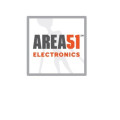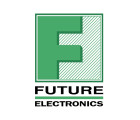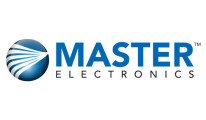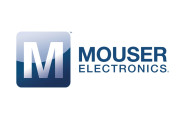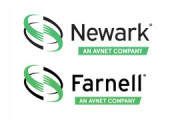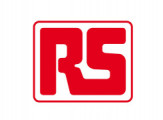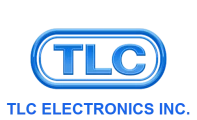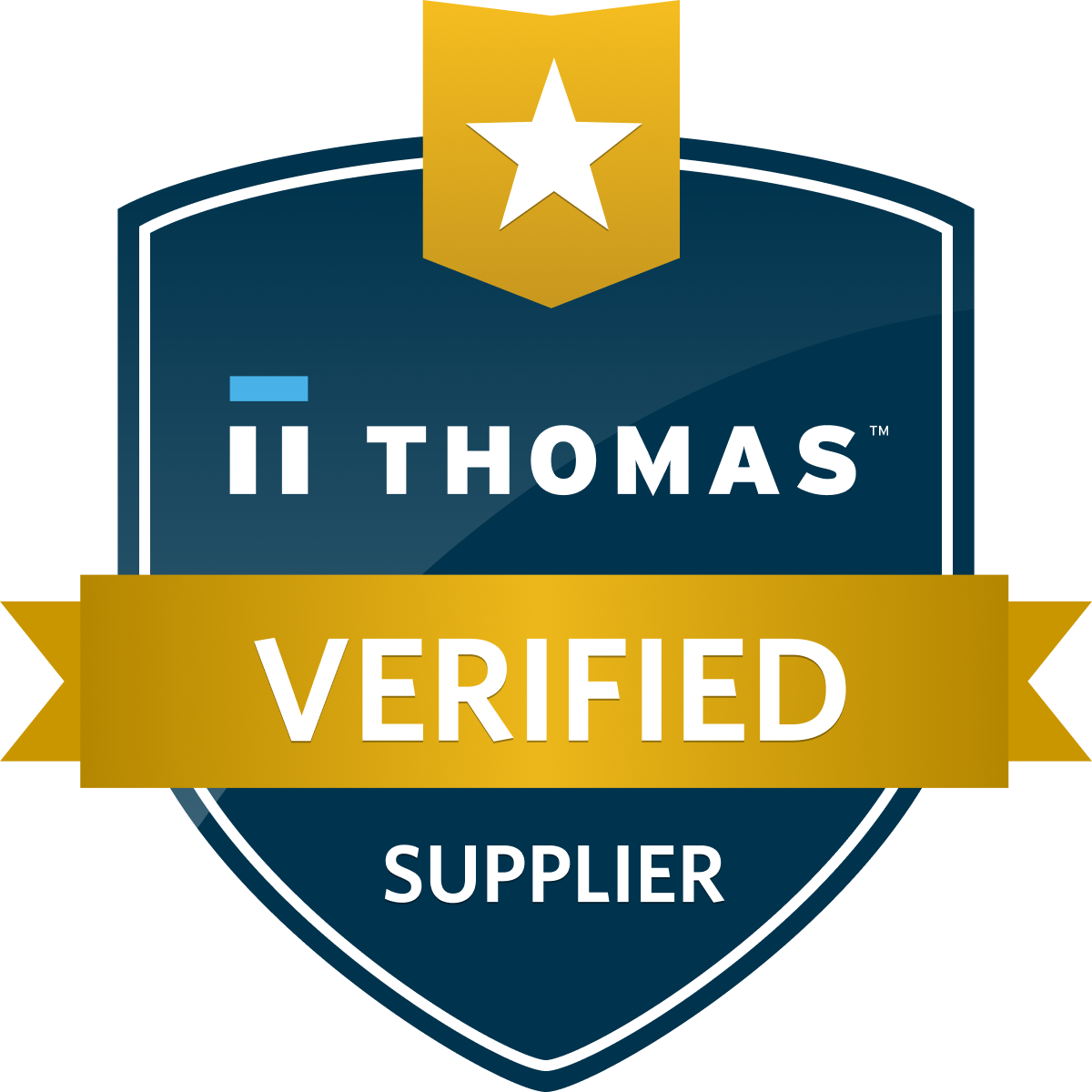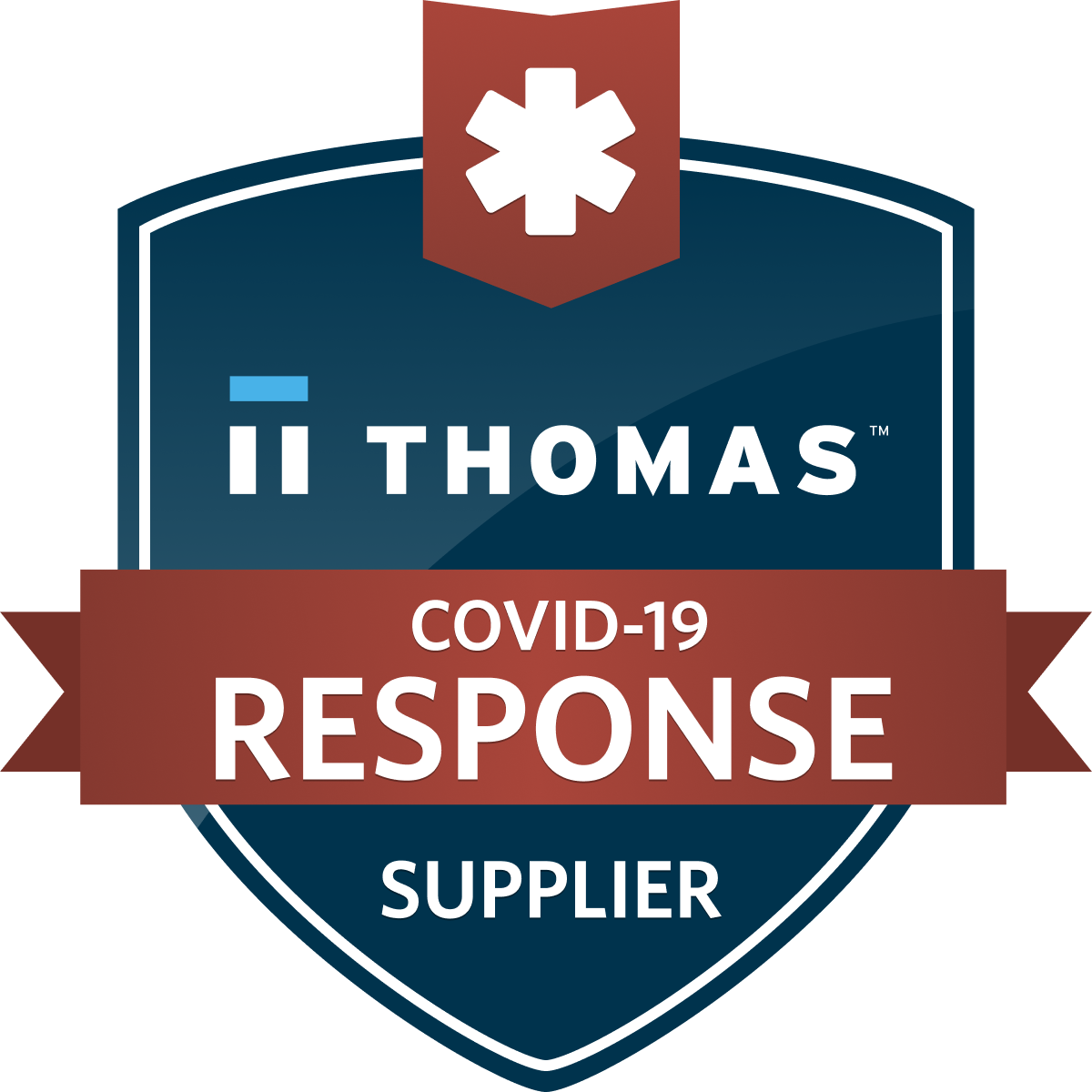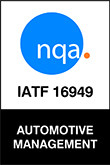IP Codes/Ratings
- Waterproof D-Sub Connectors
- Waterproof Power Combo D-Sub Connectors
- Waterproof USB Connectors
- Waterproof Wire to Wire and Wire to Board Connectors
- IP Codes/Ratings
Categories
- Card Edge Connectors
- RECTANGULAR CONNECTORS
- D-Sub Connectors
- Machined D-Sub Connectors
- Power Combo D-Sub Connectors
- Parallel Port D-Sub Connectors
- Waterproof D-Sub Connectors
- DB9 Connector
- DB15 Connector
- DB25 Connector
- Vertical PCB D-Sub Connector
- D-Sub Panel Cut-outs
- Cable Wire D-Sub Connector
- PCB D-Sub Connector
- Right-angle PCB D-Sub Connector
- Backshells or Hoods, and Caps for D-Sub Connectors
- D-Sub Connector Housings
- D-Sub Connector Contacts
- Modular & Magnetic Jacks
- USB Connectors
- HDMI Connectors
- INLINE CONNECTORS
- HEADER CONNECTORS
- Spring Loaded Connectors
- Waterproof Connectors
- Cable Assemblies
- Custom Connectors
Search Parts:
IP Codes & Ratings for Connectors
Connectors used in harsh or outdoor environments are often subjected to dust, debris, or water exposure. The Ingress Protection (IP) code system, as defined by the International Electrotechnical Commission (IEC 60529), classifies how effectively enclosures, such as connector housings, resist such ingress. These ratings are represented by two-digit codes that engineers rely on to specify product suitability for environmental conditions.
Understanding the IP rating format
An IP code consists of two numerals.
- First Digit: Indicates the level of protection against solid particles like dust and is rated from 0 or no protection to 6 or no ingress.
- Second Digit: Indicates the level of protection against water in forms ranging from 0 or no protection to 9 or high-pressure sprays with hot water from different angles.
For example, an IP67 rating for a connector means:
- 6: Dust-tight - complete protection against solids.
- 7: Protection against temporary immersion in water.
IEC IP Ratings Chart (Solids & Water)
This table summarizes each numeral in the IP code based on the IEC 60529 standard:
IEC IP Ratings Chart (Solids & Water)
| First Digit (Solids) | Protection Against Solid Objects | Second Digit (Liquids) | Protection Against Water |
|---|---|---|---|
| 0 | No Protection | 0 | No Protection |
| 1 | Protected against solid foreign objects of 50 mm Ø and greater | 1 | Protected against vertically falling water drops |
| 2 | Protected against solid foreign objects of 12.5 mm Ø and greater | 2 | Protected against vertically falling water drops when enclosure tilted up to 15° |
| 3 | Protected against solid foreign objects of 2.5 mm Ø and greater | 3 | Protected against spraying water |
| 4 | Protected against solid foreign objects of 1.0 mm Ø and greater | 4 | Protected against splashing water |
| 5 | Dust-protected | 5 | Protected against water jets |
| 6 | Dust-tight | 6 | Protected against powerful water jets |
| 7 | Protected against the effects of temporary immersion in water | ||
| 8 | Protected against the effects of continuous immersion in water | ||
| 9 | Protected against high pressure and temperature water jets |
IEC 60529 Test Methods
IEC 60529 defines laboratory procedures for verifying each IP rating, including dust chamber tests for solids and various spray, jet, and immersion methods for liquids. Full details are available in the official IEC test methods documentaion.
Connector Design Factors Affecting IP Performance
Achieving a specific IP rating in a connector depends on how well each design element works together. Seals at the mating interface, cable entry, and backshell must maintain compression over time and in varying conditions. Retention features like latches or threaded couplings keep the connection secure under shock and vibration. Materials must resist UV, chemicals, and temperature extremes without losing dimensional stability. If you need guidance in balancing the many factors to ensure Ingress Protection (IP), our engineering team can review your requirements and recommend suitable connector solutions.






